Not too large, and not too small, frogs seem to possess the perfect size to endure the worst days on Earth.
No creature can precisely prepare what is needed to survive after disasters. When an asteroid struck Earth 66 million years ago, the world was shaken by earthquakes and debris falling from the collision heated the air—heat equivalent to that of an oven.
Next came three years of “impact winter”; temperatures plummeted, and the photosynthesis process of plants nearly halted. However, after all, many frog species survived this disaster, something that Tyrannosaurus, Triceratops, and other dinosaurs could not achieve.
Soon after, the mass extinction at the end of the Cretaceous period wiped out about 75% of known fossil species virtually overnight. Not only did all non-avian dinosaur species become extinct, but the mass extinction also eradicated lizards, mammals, and many other creatures.
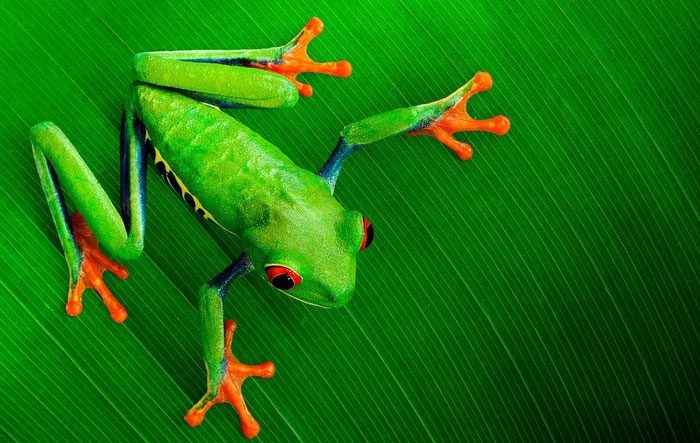
After all, many frog species survived the asteroid disaster that struck Earth.
However, the frog species thrived, and their numbers do not seem to have declined significantly. Despite wildfires, dark skies, acid rain, freezing temperatures, and other consequential impacts, frogs appear to have escaped the mass extinction 66 million years ago.
Biologist Anderson Feijó from the Academy of Sciences stated: “The high resilience of frogs to this mass extinction remains a mystery for many years.” But now, Feijó and co-authors of a recent study may have found the answer, published earlier this year in the journal Climate Change Ecology. The frogs that survived the worst days on Earth may have sizes that are neither too large nor too small.
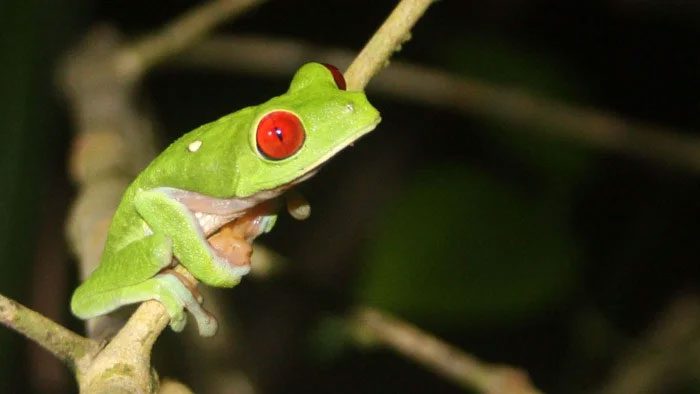
The surviving frogs may have sizes that are neither too large nor too small.
Today’s frog species come in various sizes. The smallest, announced in 2012, is about a quarter of an inch long and can comfortably sit on a coin, while the goliath frog can exceed one foot in length.
However, at the end of the Cretaceous period, Feijó and co-authors discovered that most frog species were of average size—about 3 inches from snout to vent—and did not exhibit excessively large sizes.
But why does being neither too large nor too small make such a significant difference? Co-author Catharina Karlsson noted that medium-sized frogs fared better during the late Cretaceous extinction compared to their extremely large counterparts. The peculiar physiology of this amphibian species may explain why medium-sized frogs have such remarkable resilience.
For instance, frogs need to maintain moisture to survive. Researchers point out that very small frog species can absorb water quickly, but they can also lose moisture faster in hotter climates, while larger frogs can retain water better but take longer to rehydrate if they become dry.
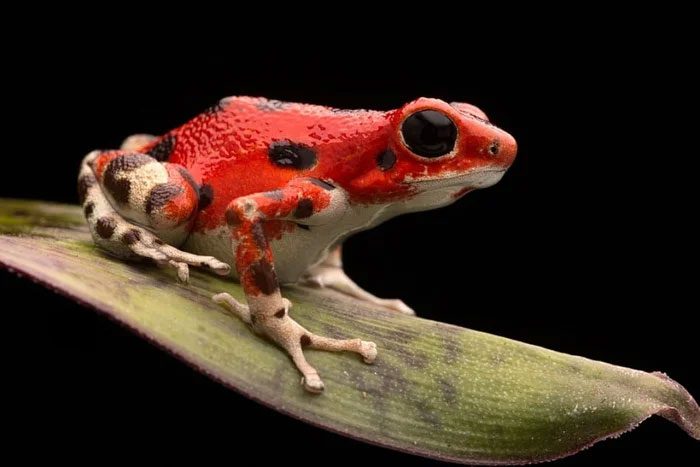
Medium-sized frogs fare better than extremely large frogs.
If the climate of their habitat changes rapidly, frogs at both ends of the size spectrum would face new challenges, while medium-sized frogs achieve certain advantages in absorbing water quickly while still retaining it.
James Gardner, curator of the Royal Tyrrell Museum of Palaeontology, who was not involved in the study, stated that further research would be needed to test this proposal. He noted: “Our understanding of the amphibian record at the K-Pg boundary—the rocks that record the time before and after the asteroid impact—still has many gaps,” due to reasons including the limited sites where rocks are found, the rarity of amphibian skeletons, and the difficulty in reliably identifying those fossils.
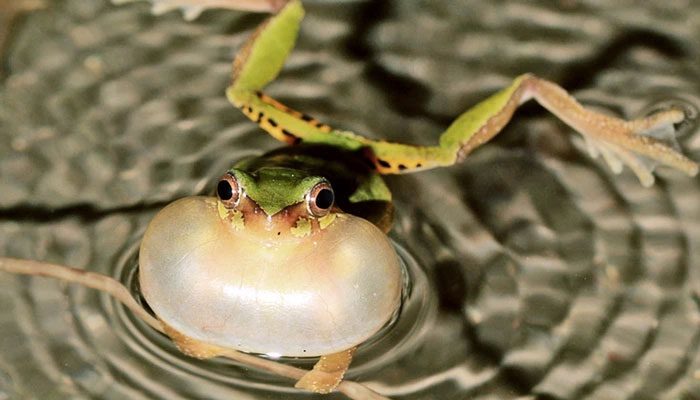
As the climate of the habitat changes rapidly, frogs must also face new changes.
Gardner remarked: “It’s an intriguing idea, but we need more fossils to determine whether body size—or some other factors—decides why frogs could survive the late Cretaceous extinction.”
However, researchers did not only focus on the disaster that occurred 66 million years ago. They surveyed fossil records of frogs from about 220 million years ago to the present to examine patterns. Overall, time and again, medium-sized frogs seem to show that they can survive better than their tiny or giant relatives through climate changes.
Gardner stated: “These data make a compelling case that, for many biological reasons, medium-sized frogs living today appear to have the optimal body size to cope with environmental stress. And in a world where humans are rapidly changing the global climate, these findings may provide conservationists with insights into which frog species are at the highest risk from climate change.”
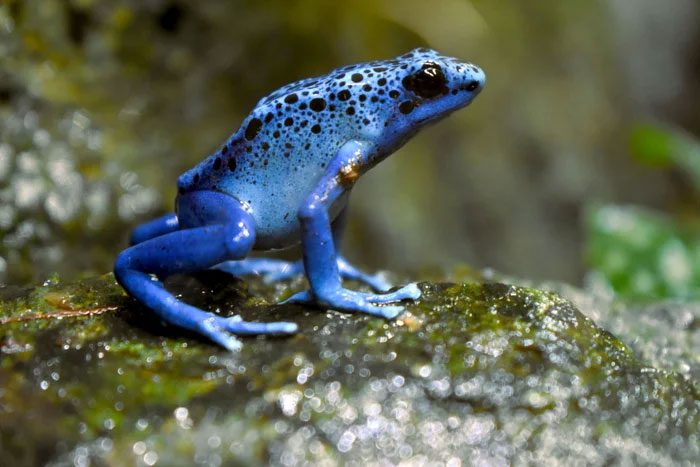
Medium-sized frogs seem to have the optimal body size to cope with environmental stress.
Researchers concluded that over 50% of very small or very large frog species would be in the “risk zone” by the year 2100, nearly four times what it is today.
Although many frog species have ways to cope with arid habitats—such as hibernation, mucus cocoons, and skin adaptations—climate may change too quickly for extremely large species to adapt.
Their options are to either evolve or face extinction, while medium-sized frogs may have a better chance of enduring environmental changes.
“From local to global scales, as well as in evolutionary history, medium-sized frogs seem to possess a more resilient survival capability in the face of climate changes and are the only species found in harsher environments,” Feijó stated.


















































